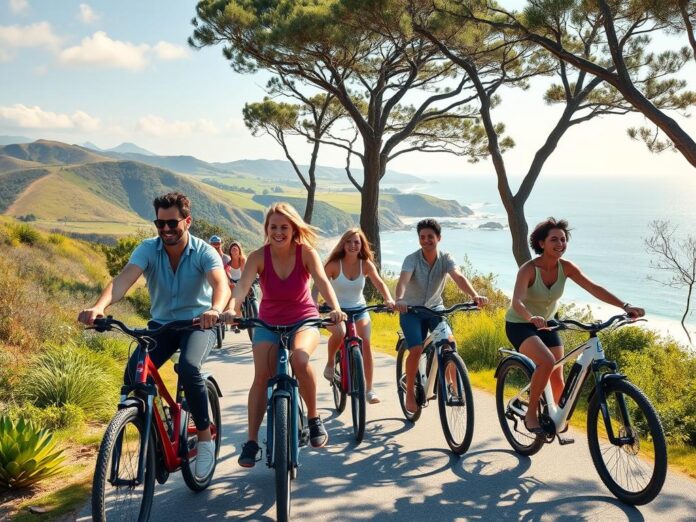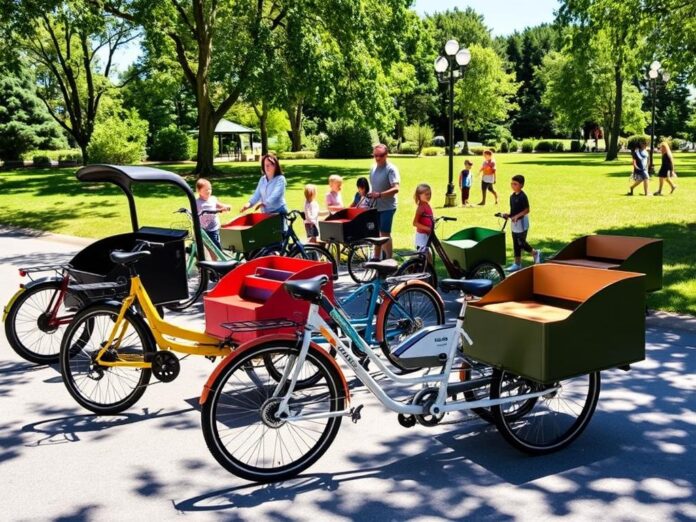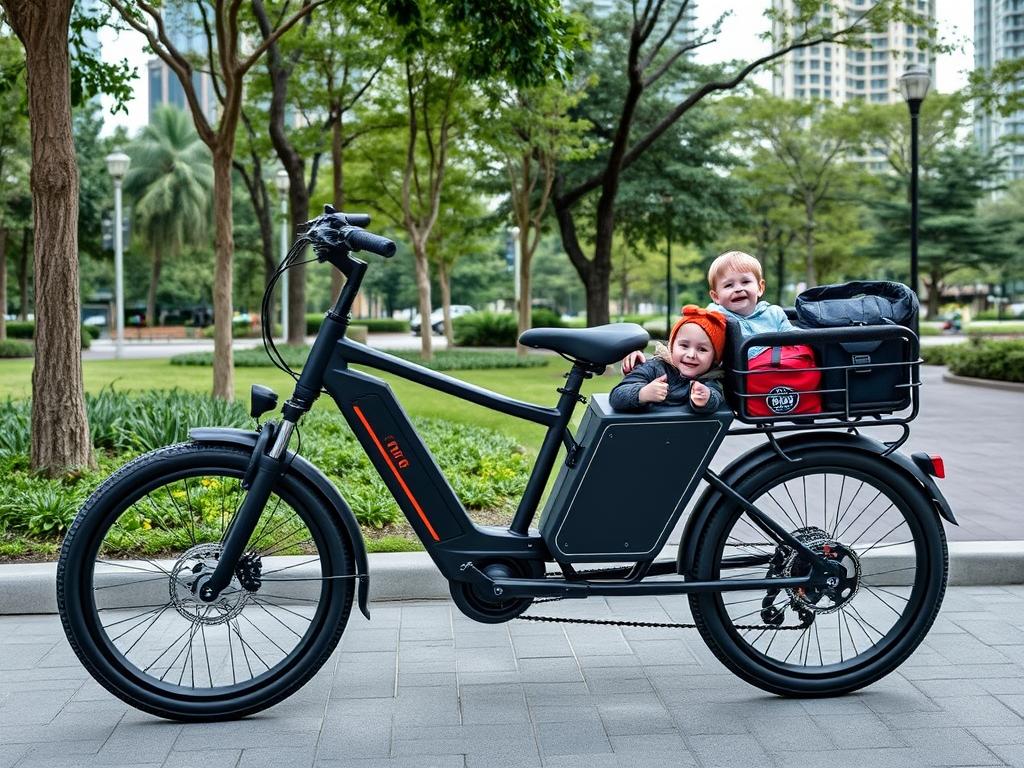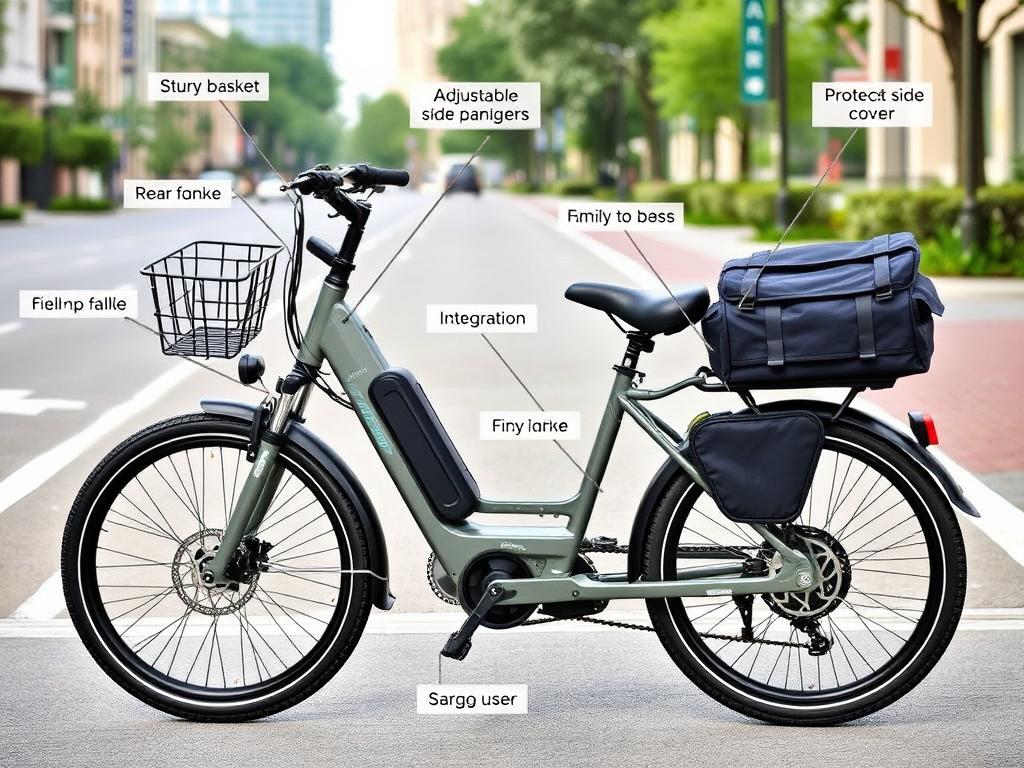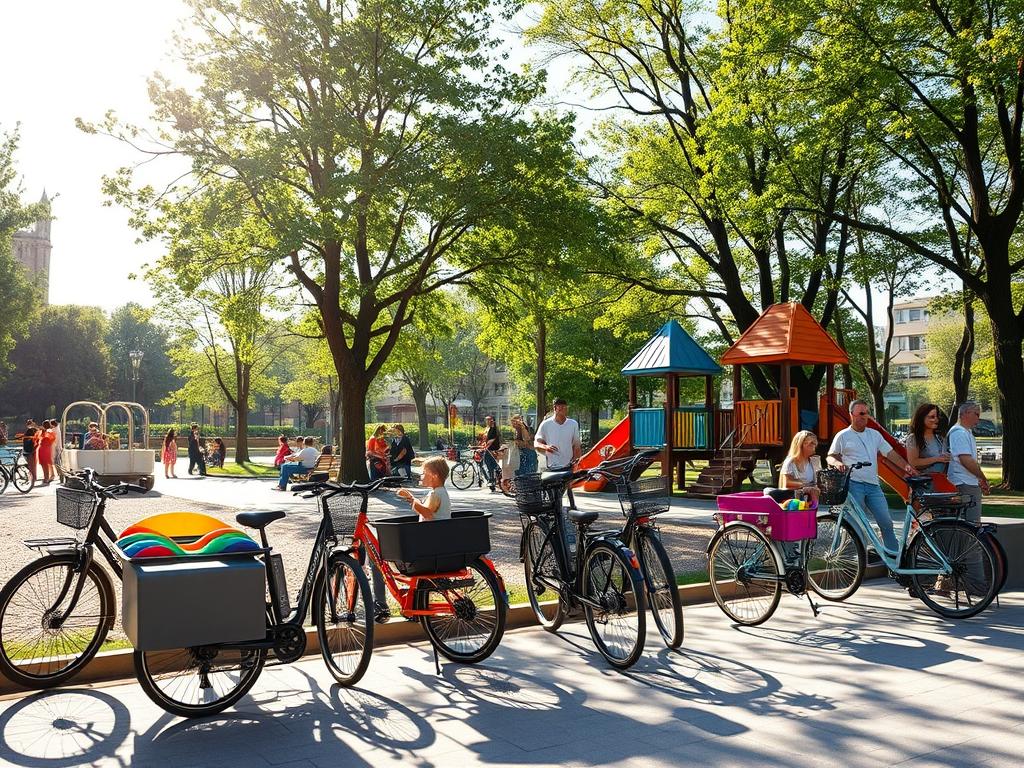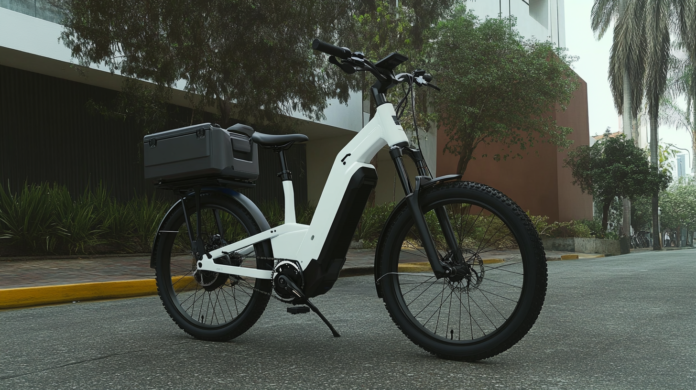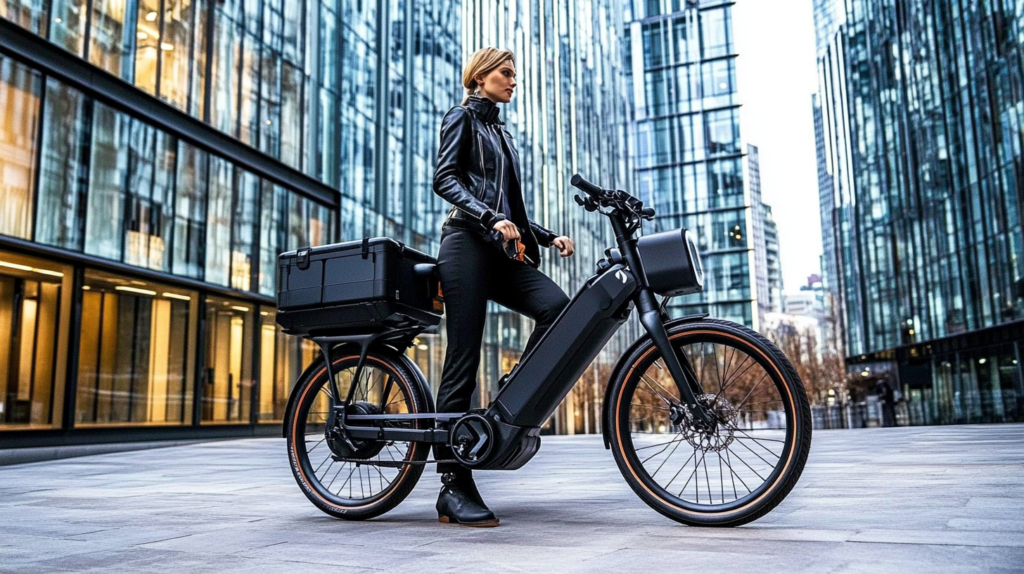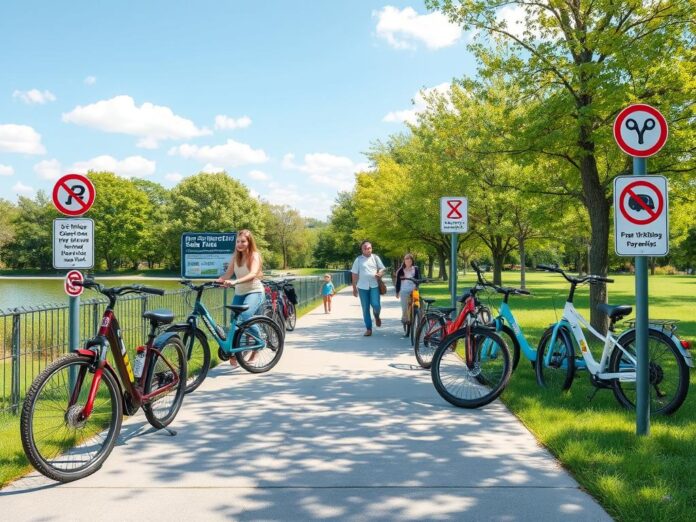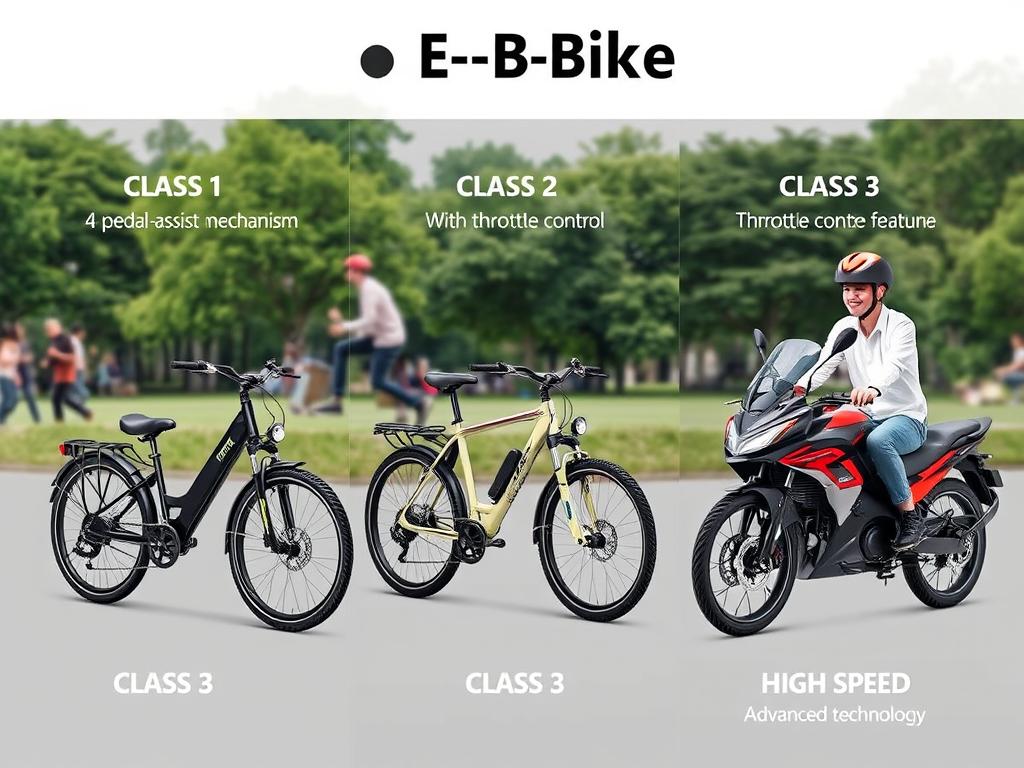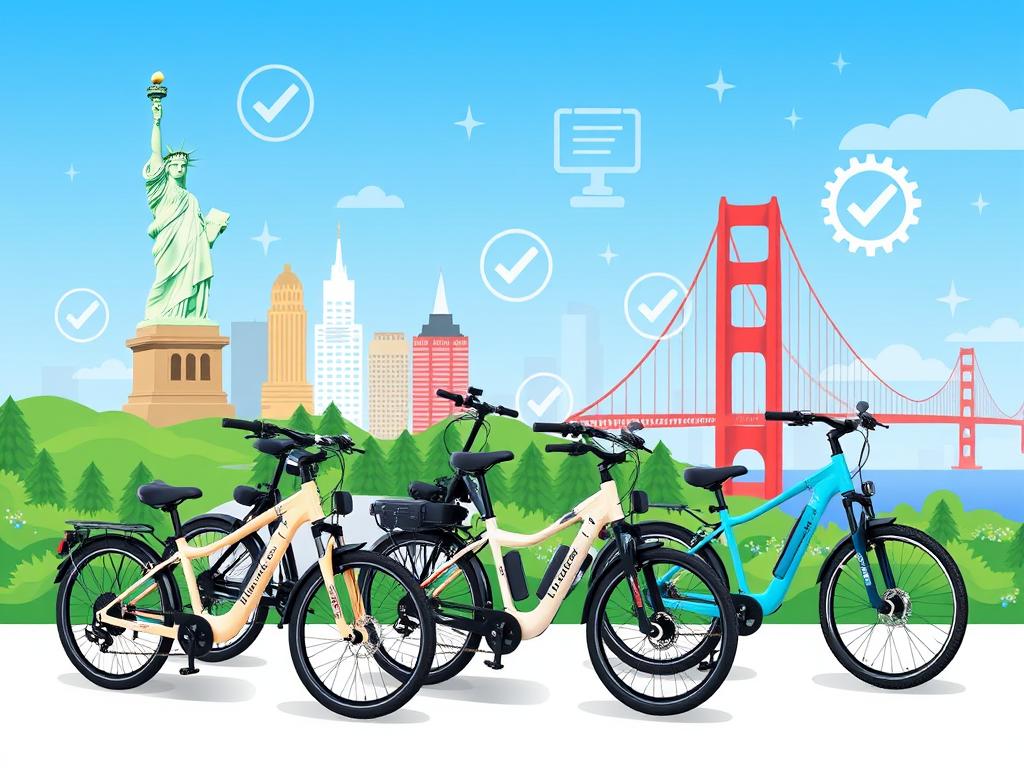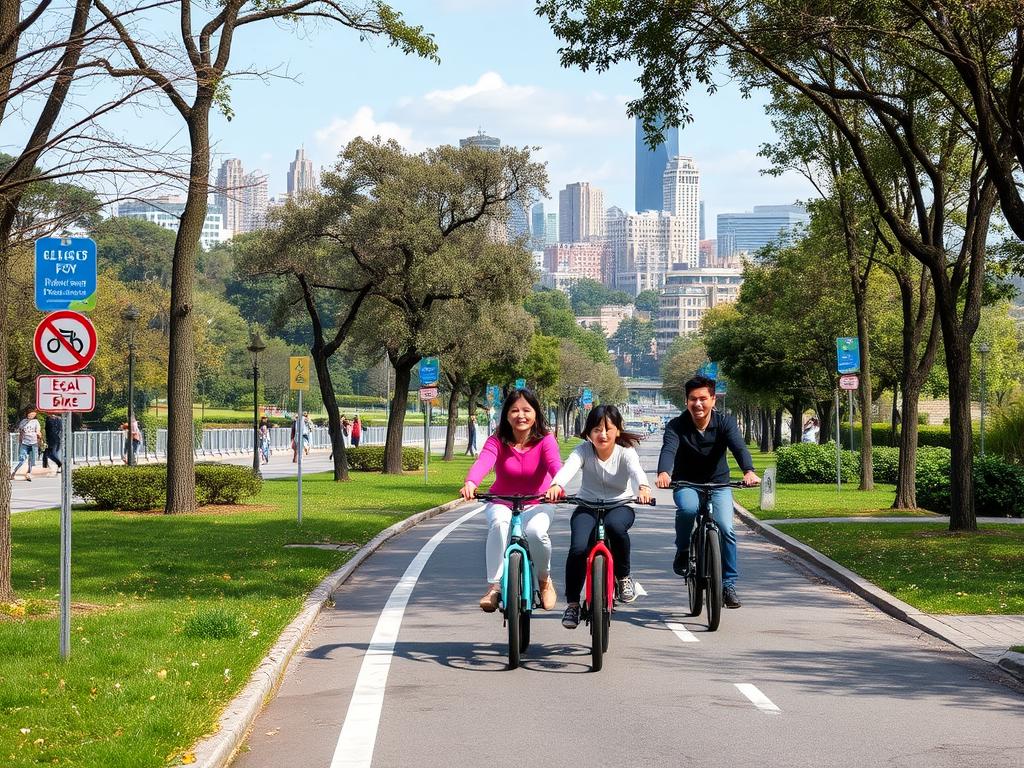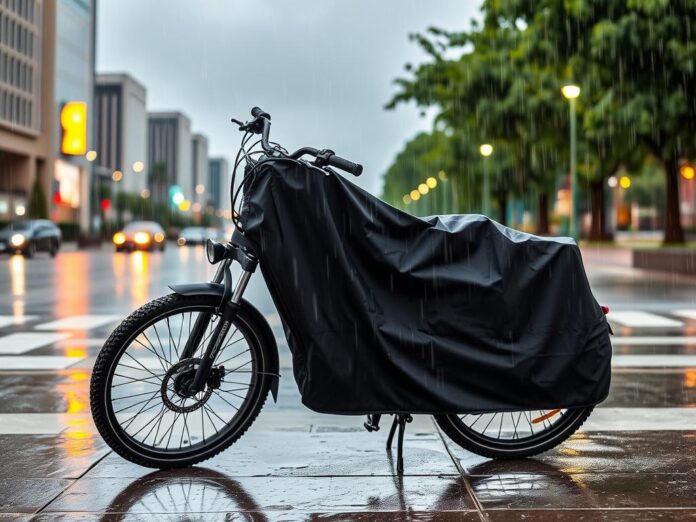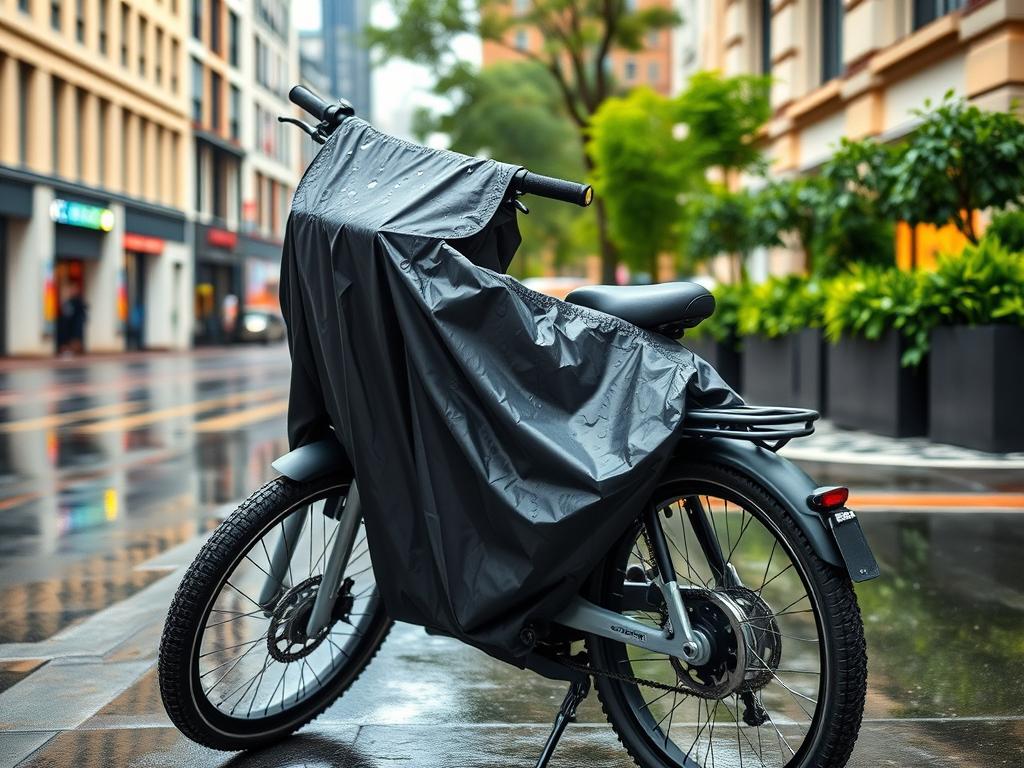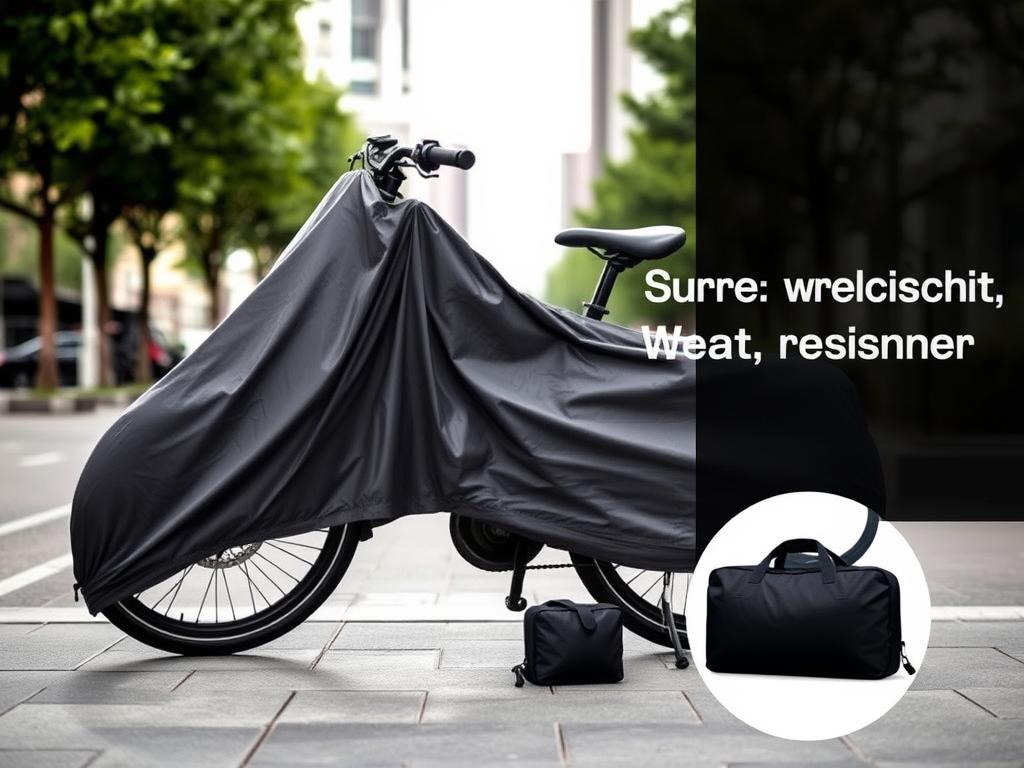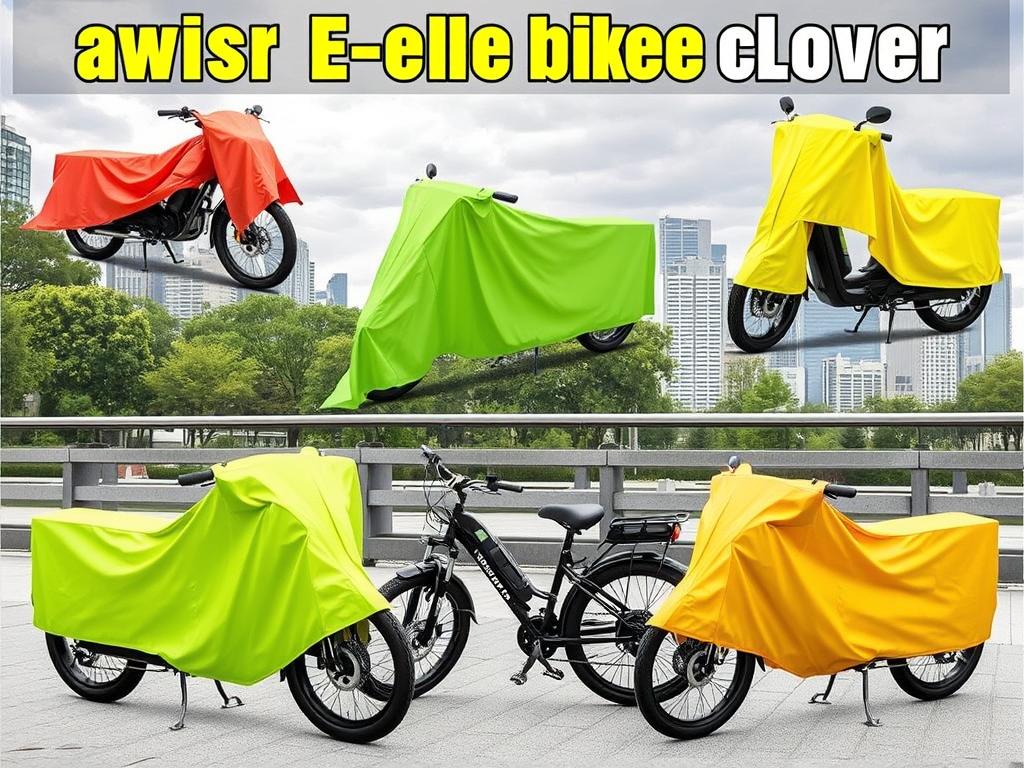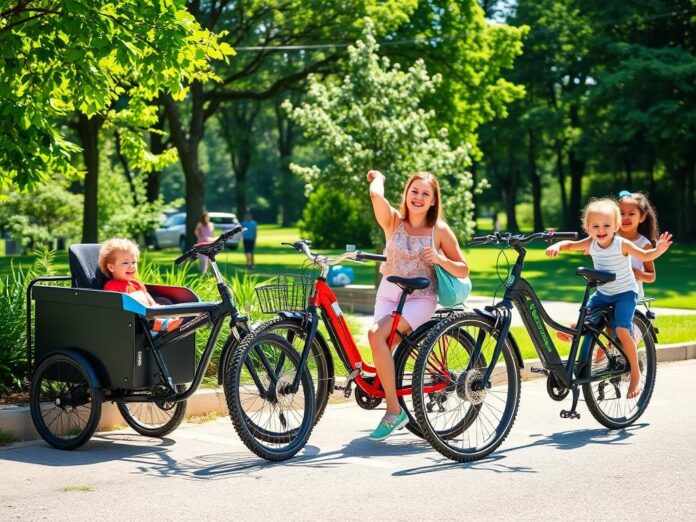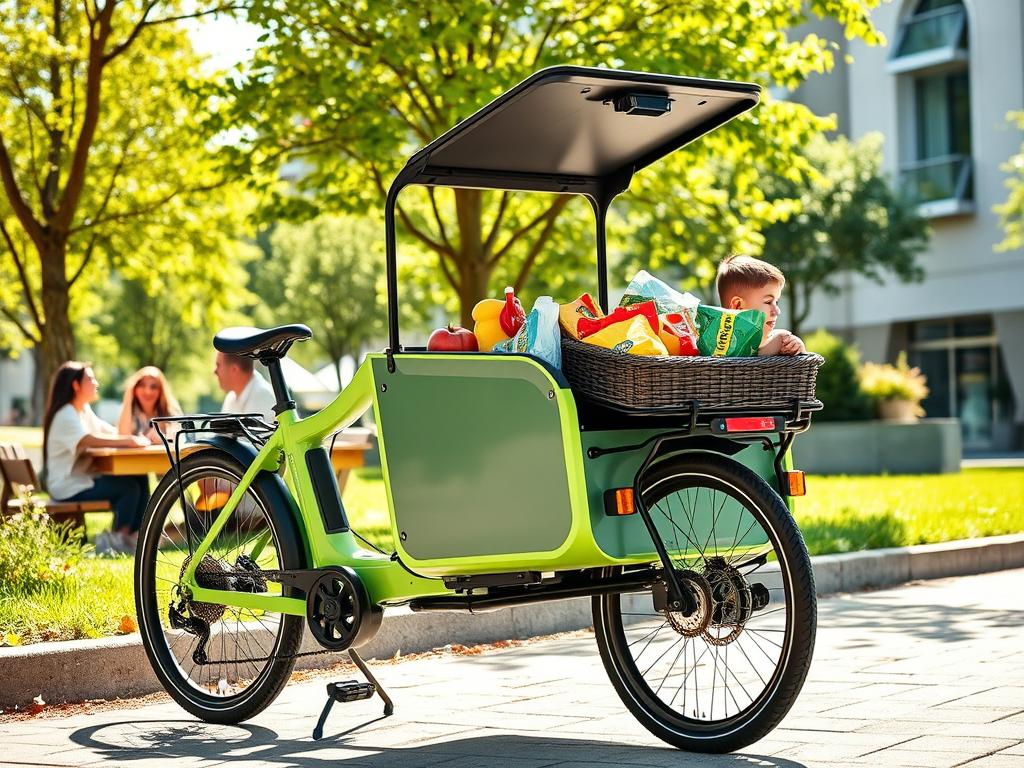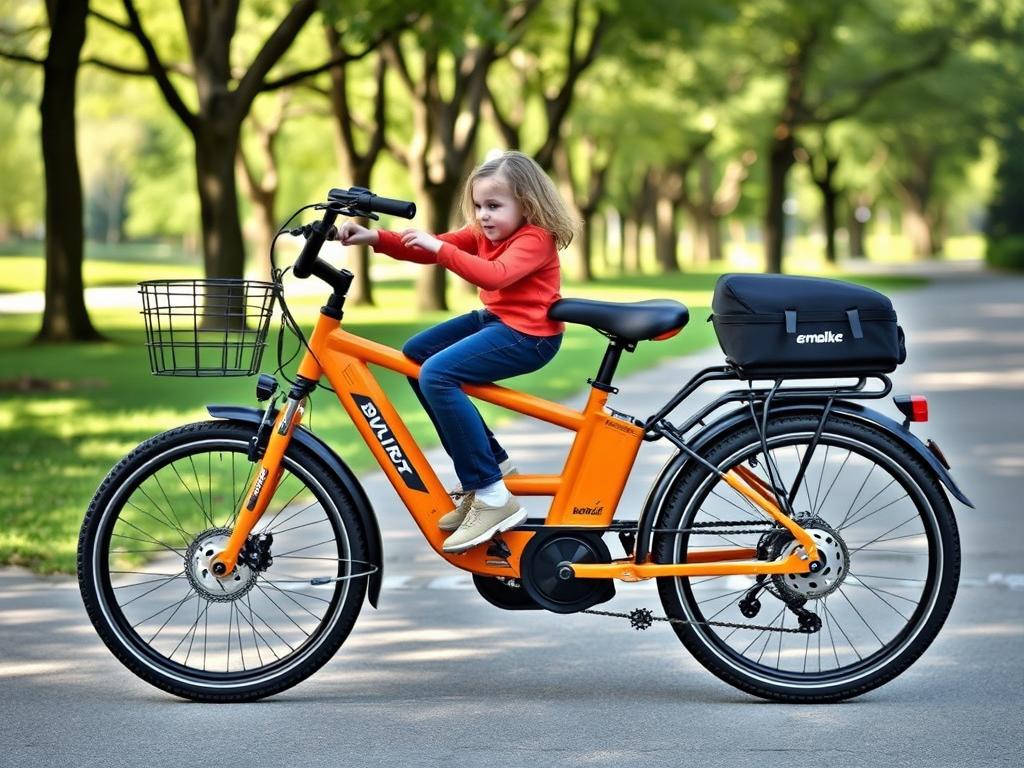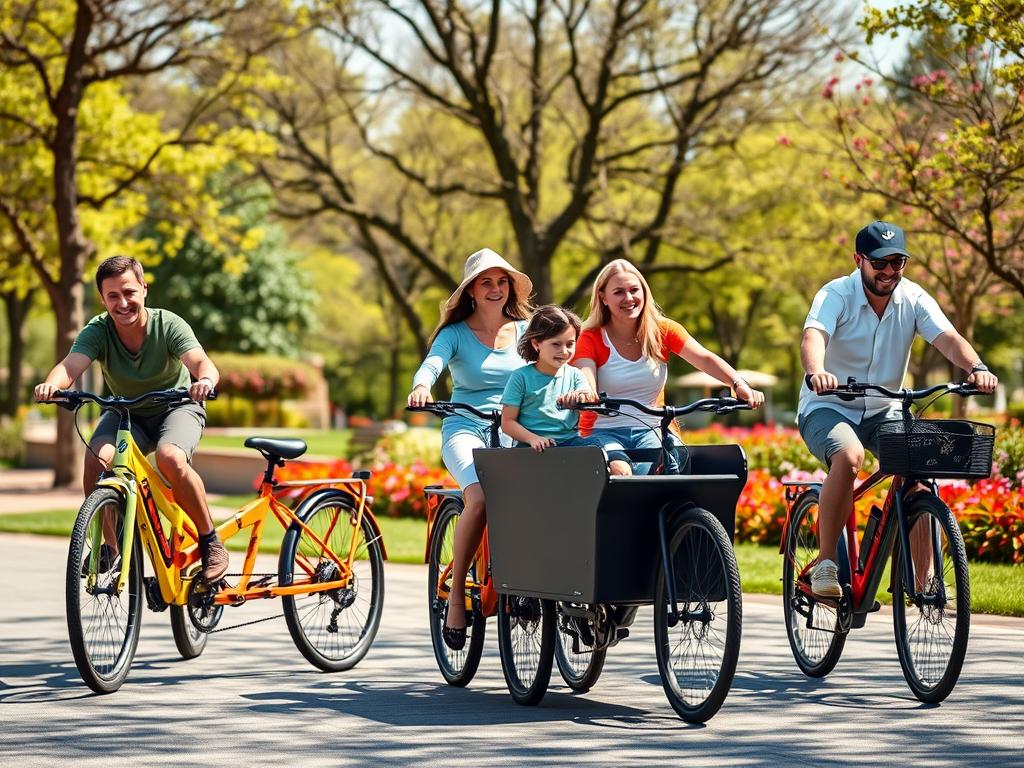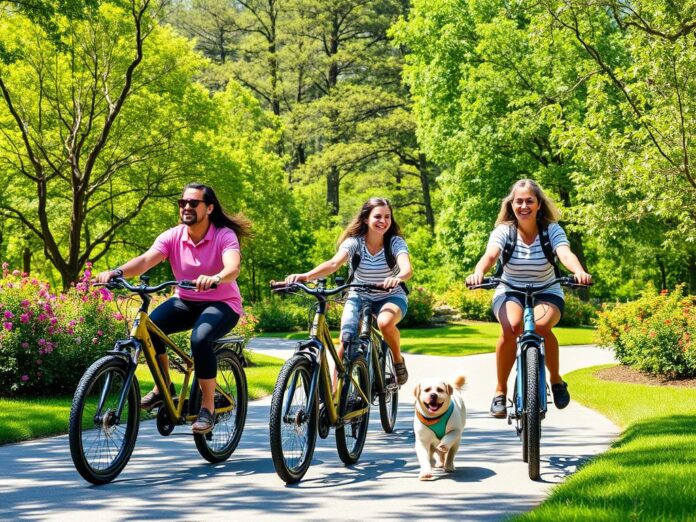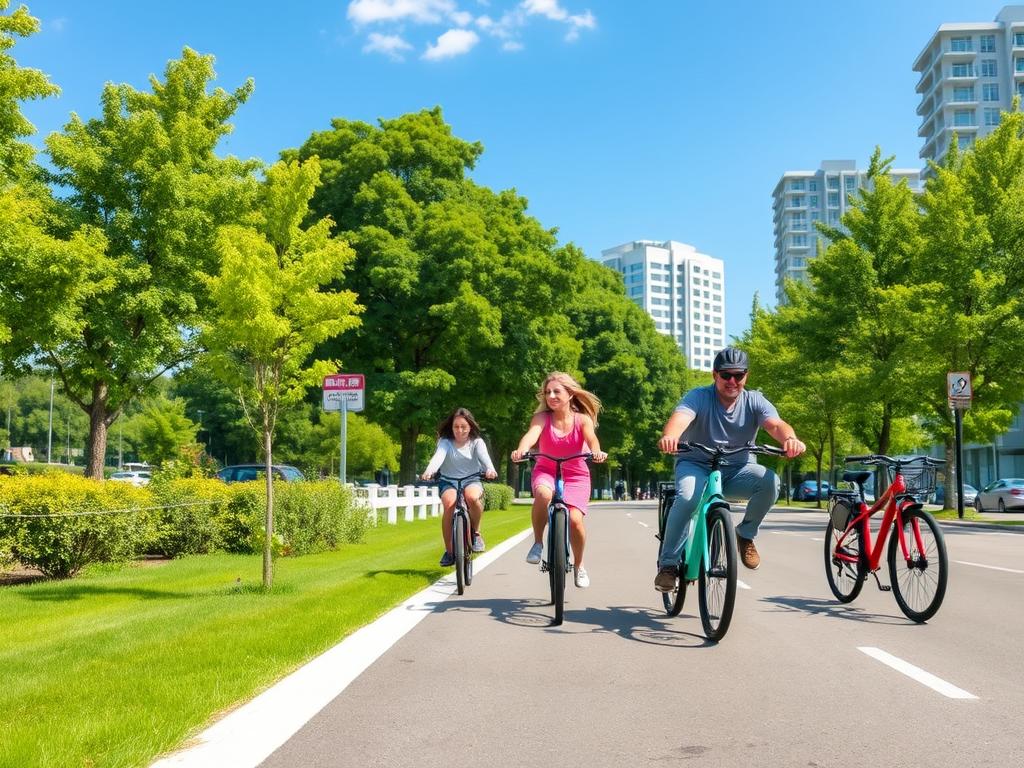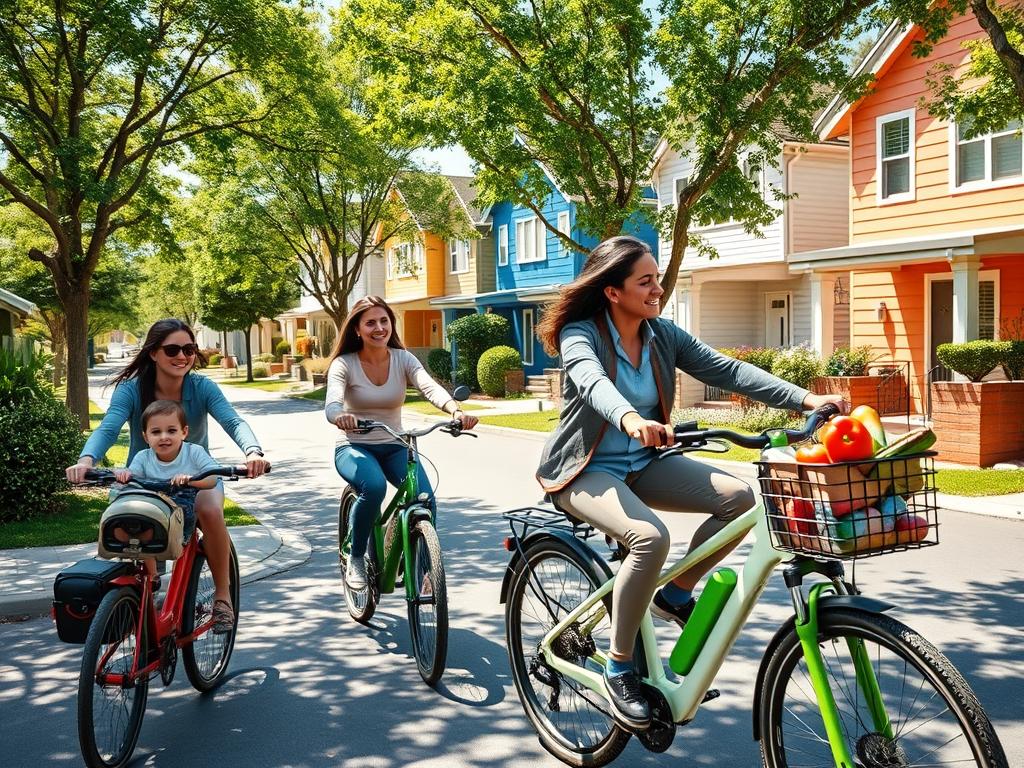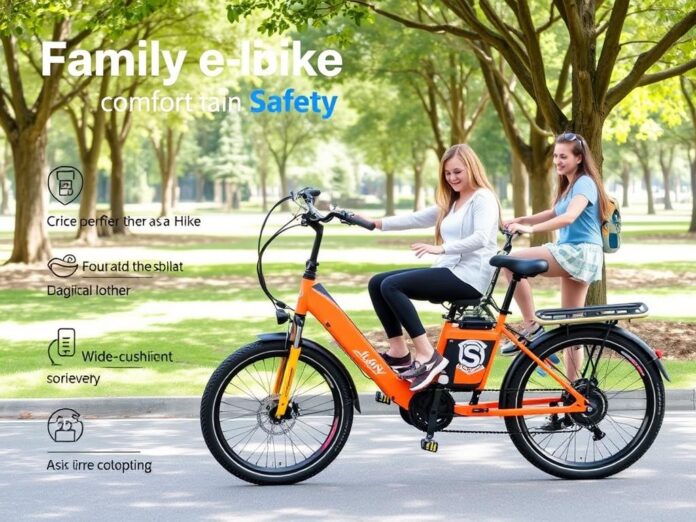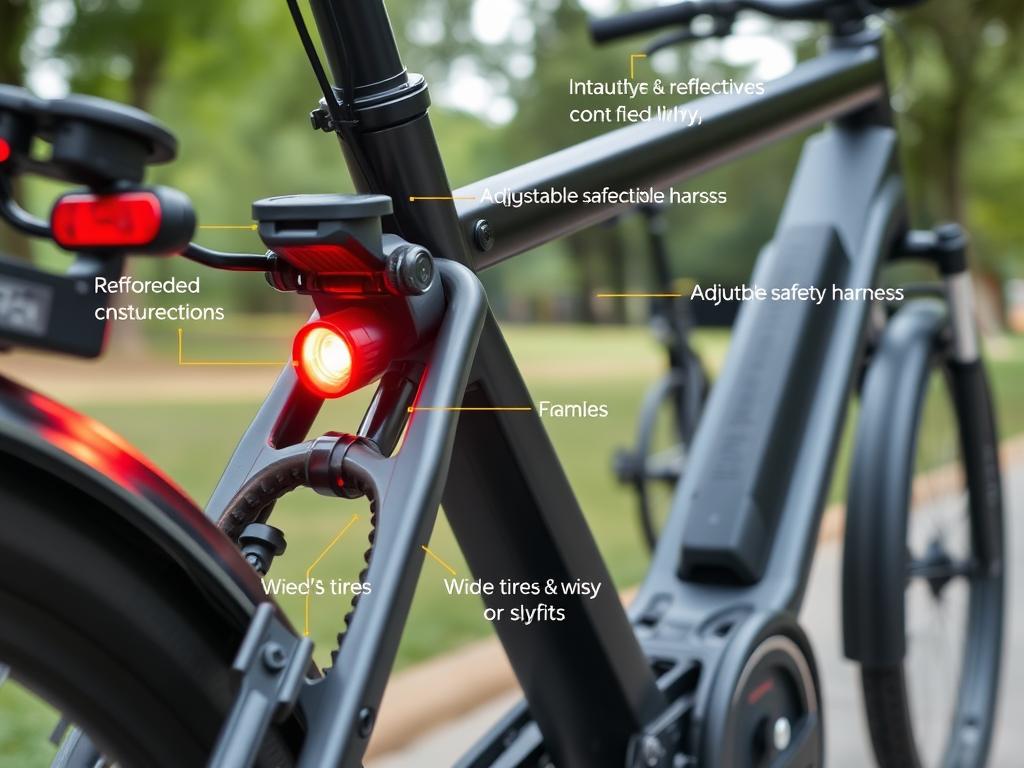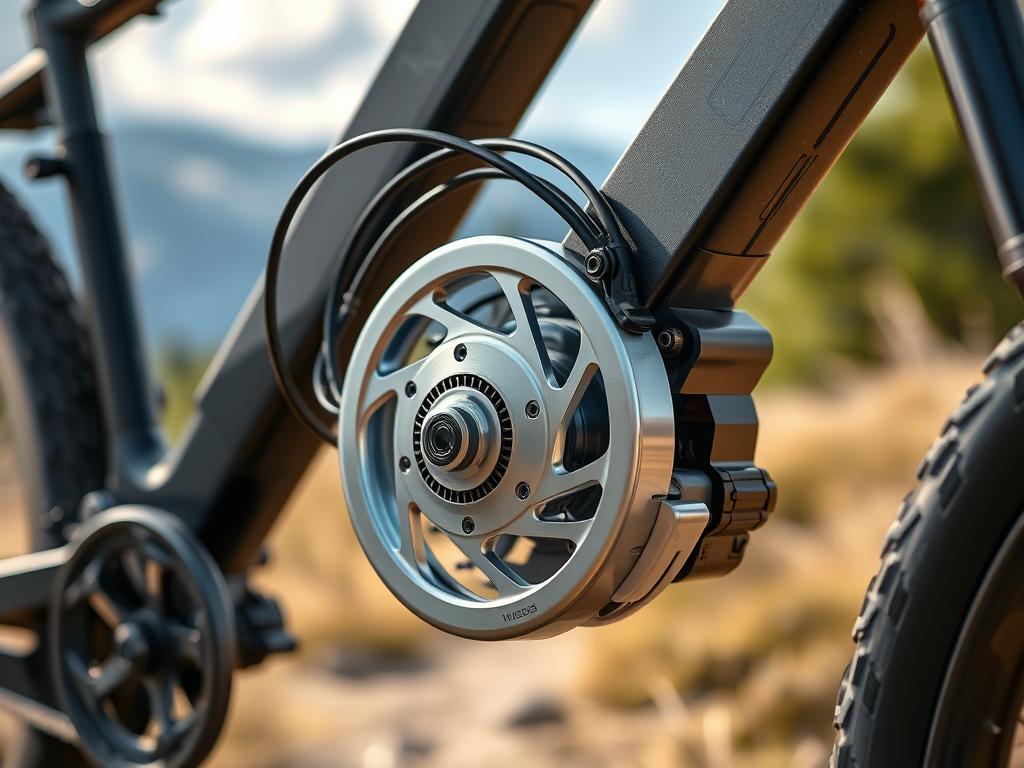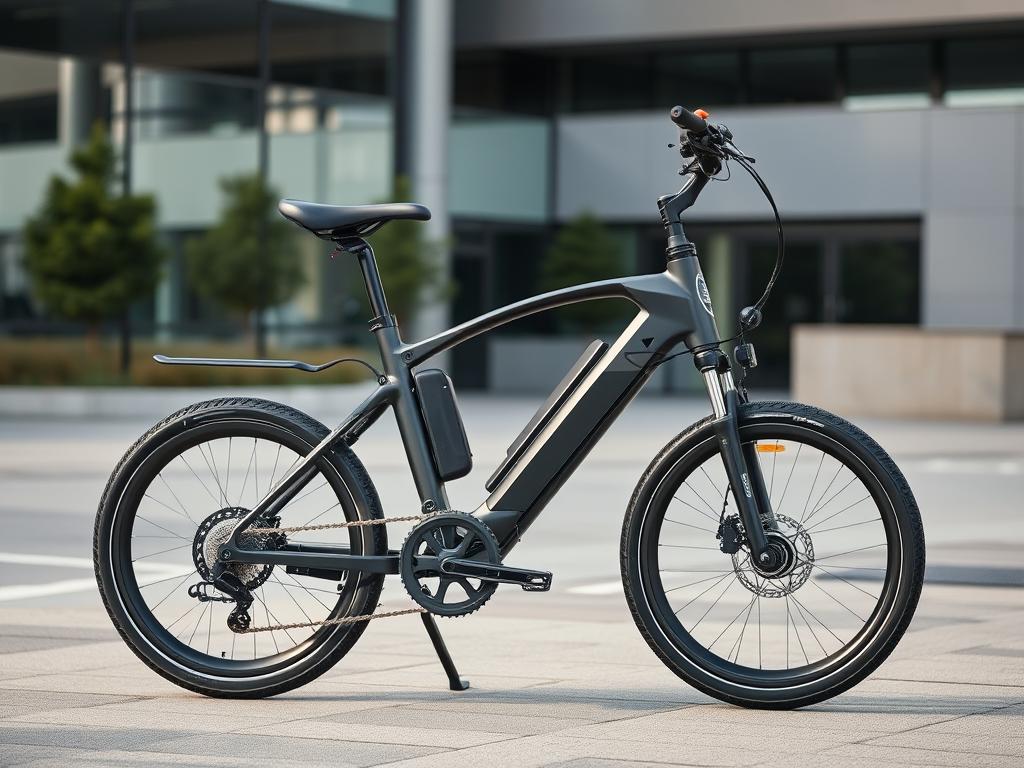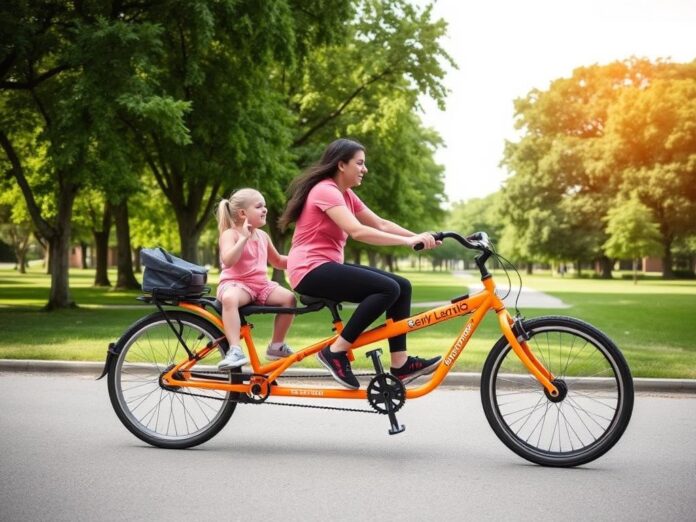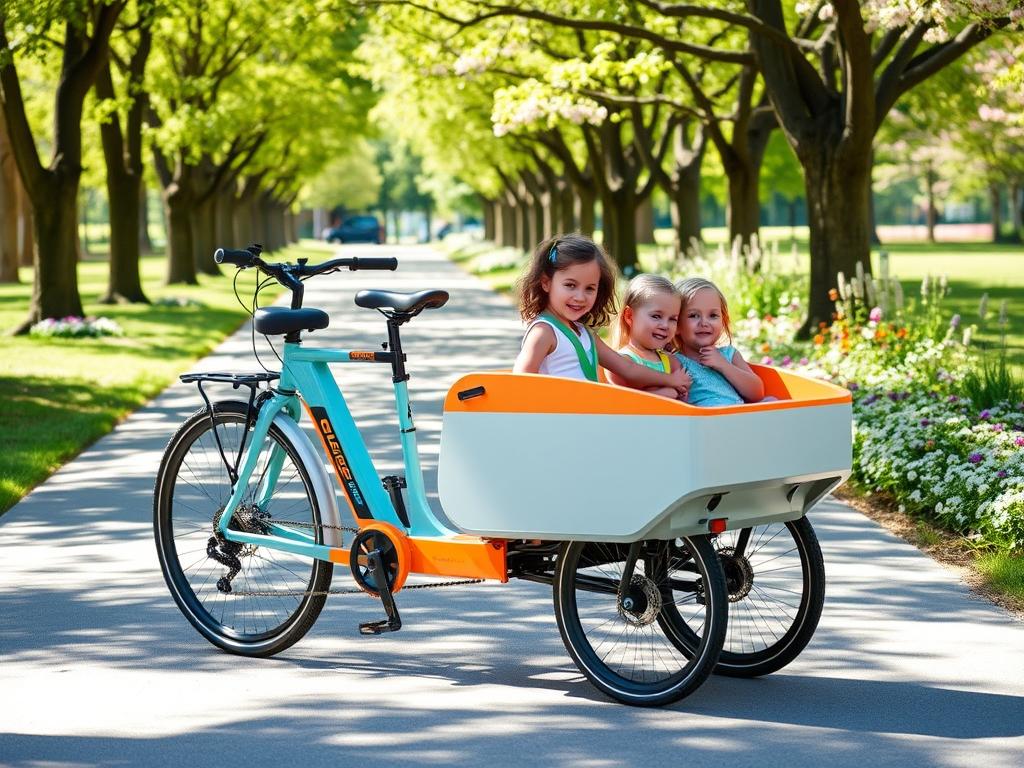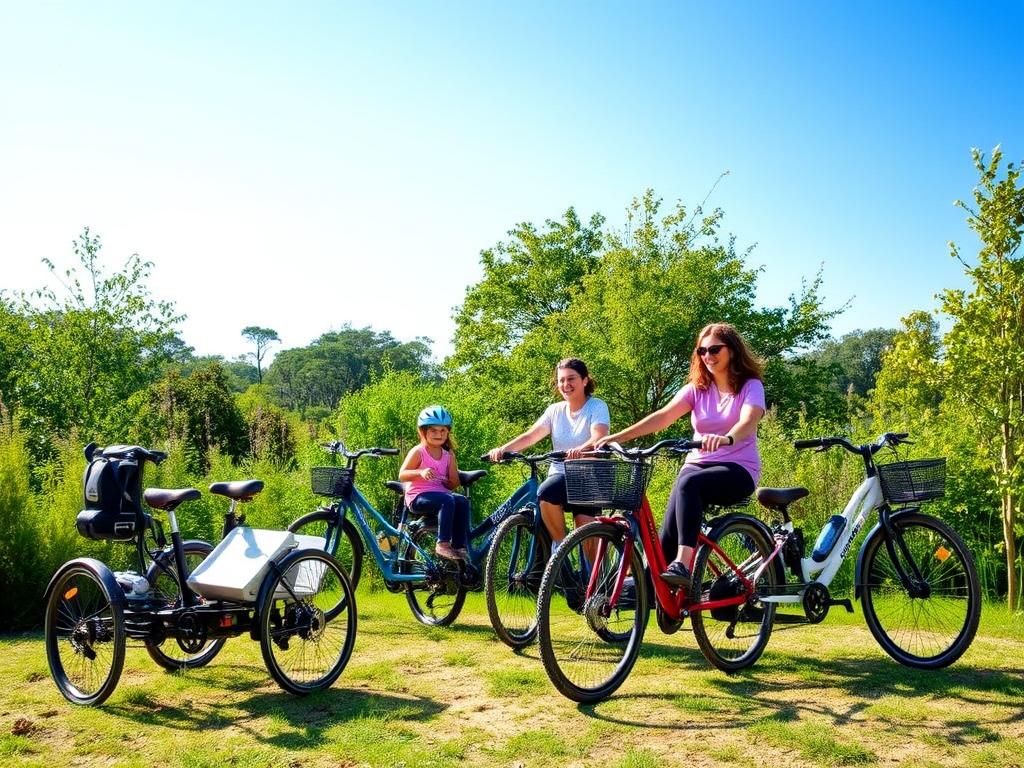E-bikes have changed the cycling world, making it fun for everyone. They’re great for both experienced and new riders. E-bikes offer electric help, making it easier to ride and helping those with health issues.
For people getting over injuries, especially knee ones, e-bikes are a gentle way to get back on a bike. They let riders work out without too much strain on their legs or heart. This makes them perfect for many fitness levels.
Off-road e-bike rides are a fun way to see new places with friends. E-bikes help everyone, no matter their fitness, to enjoy these adventures. It’s a great way to build friendships and share exciting moments.
Key Takeaways:
- E-bikes provide a comfortable and accessible riding experience for people of all fitness levels.
- E-bikes are instrumental in recovery from injuries, particularly knee injuries, serving as low-impact physiotherapy.
- The pedal-assist feature on mid-drive e-bikes allows for a good workout without excessive physical exertion.
- Off-road e-bike group rides promote exploration, health improvements, and community building.
- E-bikes enable riders of varied fitness levels to enjoy challenging terrains together.
Understanding the Appeal of E-Bikes for All Fitness Levels
E-bikes have changed the cycling world, making it fun for everyone. They’re great for beginners who want to start cycling or for those who want to boost their workouts. These bikes meet different needs.
Benefits of E-Bikes for Beginners
E-bikes are perfect for new cyclists. They help you ride up hills and long distances easily. This makes it easier to keep exercising regularly.
They also offer a gentle workout that’s easy on your body. This means you can enjoy the ride without worrying about getting tired.
Enhancing Fitness for Experienced Cyclists
Even experienced cyclists can get more out of e-bikes. They help you ride faster and tackle tough routes. This improves your heart health and burns more calories.
Studies show e-bikes can make you stronger and healthier. They’re a great way for everyone to stay fit.
E-bikes are for everyone, no matter your fitness level. They make cycling easy and fun for both new and seasoned riders. This makes them a favorite among fitness lovers.
“Regular use of an e-bike can lead to increased muscle tone and strength, particularly in the lower body.”
| Fitness Level | Benefits of E-Bikes |
|---|---|
| Beginners |
|
| Experienced Cyclists |
|
E-bikes have made cycling more accessible and fun for everyone. They’re perfect for beginners or for those who want to improve their workouts. E-bikes offer a great way to stay active and enjoy the outdoors.
Choosing the Right E-Bike for Your Fitness Level
Choosing the right e-bike is crucial. Hub-drive e-bikes are great for city rides, offering easy boosts. Mid-drive e-bikes, however, give a real cycling feel with pedal help, perfect for those who want to exercise.
Key Features to Consider
Look for features that match your fitness goals and riding style. The motor, battery, and frame design are key. Brands like Ribble have models like the Endurance SLe, with the ebikemotion system for a smooth ride.
Recommended Brands for Various Users
There’s a wide range of e-bikes for everyone. Rad Power Bikes, Specialized, and Trek make bikes for all fitness levels. They ensure a fun and comfortable ride, no matter your skill.
| E-Bike Type | Recommended Brands | Ideal for |
|---|---|---|
| Hub-drive e-bikes | Rad Power Bikes, Ride1Up | Commuters, urban riders |
| Mid-drive e-bikes | Specialized, Trek, Ribble | Fitness enthusiasts, experienced cyclists |
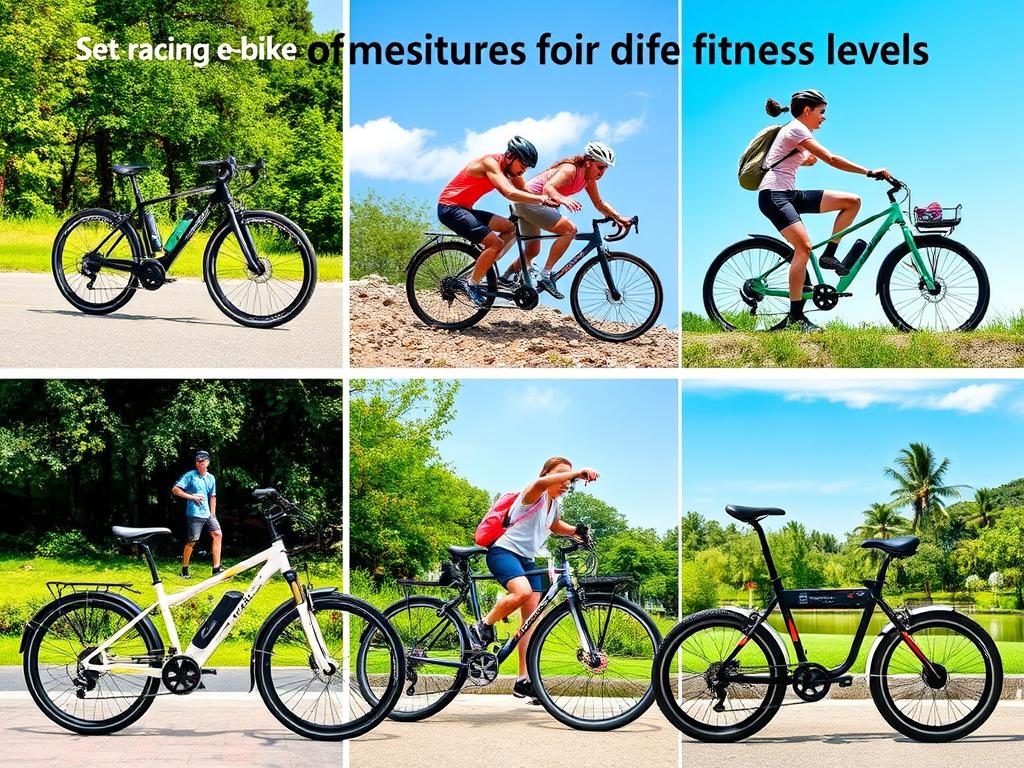
“E-bikes can reach speeds of 20mph and even 28mph for specific models, while regular bikes rely on leg power and have a more modest pace.”
Find an e-bike that fits your fitness level, riding style, and budget. By exploring the different types and features, you can enjoy cycling with electric help.
Types of E-Bike Rides for Different Skill Levels
E-bikes offer a wide range of rides for everyone. Whether you’re new to cycling or have lots of experience, there’s an e-bike ride for you.
Social Rides for Casual Cyclists
For beginners or those who enjoy a relaxed ride, social e-bike rides are great. They let you meet others who love cycling and explore your area. These rides focus on having fun and enjoying the view at your own pace.
Challenging Trails for Advanced Riders
Experienced cyclists can try tough trails on their e-mountain bikes. The electric boost helps you tackle steep hills and tricky paths. These rides are for those who want to test their skills and enjoy the thrill.
Family-Friendly Routes
E-bikes with cargo space make it easy for families to ride together. These routes let parents carry their kids safely. The electric boost helps with the extra weight, making it fun for the whole family.
No matter if you’re looking for a calm ride, an exciting trail, or a family outing, e-biking has something for everyone. It’s a way to bring people together, showing that cycling is for all skill levels.
Preparing for Your First E-Bike Group Ride
Starting your first e-Bike group ride is exciting. But, it’s key to be ready. Having the right gear and knowing how to act in a group makes you feel good and safe.
What to Bring: Essential Gear and Supplies
Before you go, make sure you have these important items in your bag:
- Helmet – Wear a helmet that fits right to keep your head safe if you fall or crash.
- Water Bottle – It’s important to drink water, especially on long rides.
- Basic Repair Kit – Carry tools and supplies to fix small problems like flat tires or loose parts.
- Spare Battery – Check how far your e-bike’s battery will go. Bring a spare if you’ll be riding far.
Tips for New Riders to Feel Comfortable
Feeling a bit nervous is normal for your first e-Bike group ride. Here are some tips to help you relax:
- Start with rides that are easy for beginners to get used to riding with others.
- Tell the group leader or other riders how much experience you have so they can help you.
- Learn how to use your e-bike’s controls and features before the ride to feel sure of yourself.
- Watch how the group rides and follows safety rules to have a good time.
By getting ready and following these tips, you’ll have a great first e-Bike group ride. You’ll want to go on more rides soon.

The Role of Group Dynamics in E-Bike Rides
E-bike group rides create a sense of community and shared adventure. They boost motivation and help riders of all levels connect. E-bikes make it possible for everyone to ride together, making cycling more social and inclusive.
How Group Rides Boost Motivation
Group rides offer a supportive space where riders can challenge themselves and do more than alone. They learn from others, gain confidence, and stay motivated through camaraderie. The social aspect keeps riders going, as they feel part of a community.
Building Community Through Shared Experiences
E-bike group rides are chances for riders to connect, share, and explore new places together. They exchange tips on e-bikes, maintenance, and riding, creating a learning community. These shared moments strengthen bonds and create a sense of belonging in the social cycling world, making it more fun and lasting.
“E-bikes level the playing field, allowing riders of all abilities to enjoy the thrill of cycling together. Group rides have been a game-changer, bringing people together and making the sport more inclusive.”
– John Doe, Avid E-Bike Enthusiast
| Benefits of Group E-Bike Rides | Impact on Riders |
|---|---|
| Increased Motivation | Riders are more likely to push their limits and maintain exercise intensity when part of a supportive group. |
| Knowledge Sharing | Participants can learn from experienced cyclists, gaining insights on e-bike technology, maintenance, and riding techniques. |
| Stronger Social Connections | Shared experiences and a sense of community foster lasting bonds and a passion for the sport. |
| Broader Accessibility | E-bikes enable riders of diverse fitness levels to enjoy cycling together, promoting inclusive rides. |
Safety Tips for E-Bike Riders of All Levels
E-bikes are getting more popular, and rider safety is key. Whether you’re new or experienced, following safety tips is crucial. These tips cover wearing protective gear, navigating traffic, and avoiding road hazards.
Importance of Wearing Protective Gear
Wearing the right gear is vital for e-bike safety. A good helmet is essential for head protection in accidents. Also, wear elbow and knee pads, gloves, and sturdy shoes to protect your body and improve control.
Navigating Traffic and Road Hazards
E-bikes can be fast, but this can be risky in traffic and road hazards. Always be alert, signal your turns, and keep a safe distance from cars. Watch out for potholes, debris, or slippery spots and slow down if needed. Knowing local e-bike laws and signaling properly is key for safe rides.
| Safety Tip | Benefit |
|---|---|
| Wear a Helmet | Protects your head in case of a fall or collision |
| Use Protective Gear | Safeguards your limbs and improves grip and control |
| Maintain Awareness | Helps you anticipate and react to potential hazards |
| Follow Local Regulations | Ensures you ride safely and legally on public roads |
Embracing e-bike safety is not just about protecting yourself. It’s also about being a responsible rider and setting a good example. By focusing on safety, you can enjoy e-biking fully and inspire others to do the same.

Maintaining Your E-Bike for Optimal Performance
Keeping your e-bike in top shape is key to its longevity and performance. Basic care and specialized attention are both important. Here are some essential tips for every e-bike rider.
Basic Maintenance Tips for Every Cyclist
Maintaining your e-bike is easy. Start with these simple steps:
- Regularly clean your e-bike to prevent dirt and grime buildup. Use a gentle cleaner and soft cloth to wipe down the frame, wheels, and components.
- Check your tire pressure before every ride. Properly inflated tires not only improve efficiency but also enhance safety and handling.
- Lubricate the chain periodically to prevent rust and ensure smooth pedaling. Refer to your e-bike’s manual for recommended lubrication products and techniques.
- Inspect the brakes and ensure they are functioning correctly. Adjust the brake pads as needed to maintain optimal braking performance.
When to Seek Professional Service
While basic maintenance is important, sometimes you’ll need a pro. Seek professional service in these situations:
- Annual check-ups: It’s a good idea to have your e-bike inspected by a professional once a year to identify any potential issues and ensure it’s operating at peak performance.
- Battery care: The battery is the heart of your e-bike, and proper care is essential. If you notice any changes in battery life or performance, consult a professional for guidance.
- Complex repairs: For more complex issues, such as motor or electrical component problems, it’s best to leave the work to a skilled e-bike technician who can diagnose and address the problem correctly.
By following these maintenance guidelines and seeking professional help when needed, you can keep your e-bike running smoothly. This will ensure a safer, more enjoyable, and longer-lasting riding experience.
“Regular maintenance is the key to keeping your e-bike in peak condition and ensuring a safe, enjoyable riding experience.”
Finding Local E-Bike Groups and Clubs
Connecting with e-Bike communities and local cycling groups can make your e-biking better. It doesn’t matter if you’re new or have been riding for years. Joining these groups lets you find new places to ride, learn from others, and keep up with e-bike news.
Online Resources for Connecting with Others
Social media, cycling forums, and e-bike websites are great for finding local groups. They let you meet other riders, share stories, and find out about rides and events near you.
Local Events and Meetups to Join
Bike shops, cycling groups, and enthusiasts often host e-bike events and rides. Going to these meetups is a chance to ride with others, learn new things, and try different trails. It’s a great way to meet other e-bike fans and stay in touch with the local cycling world.
By joining these e-Bike communities and local cycling groups, you gain a lot. You get advice, new places to ride, and the fun of riding with others. These groups and events are a big help for all e-bike riders.
The Future of E-Biking and Inclusivity
The future of e-biking looks bright, with more people joining in. E-bikes are changing the cycling world, welcoming riders of all levels. There are e-bikes for beginners and advanced cyclists, meeting everyone’s needs.
Trends in E-Bikes for Varied Fitness Levels
E-bikes are making cycling more accessible. The market is now offering e-bikes for different fitness levels. Beginners have e-bikes with easy controls, while advanced riders enjoy high-performance models.
The Growth of E-Bike Communities
E-bike communities are growing, changing cycling culture. Riders share experiences, learn from each other, and explore new places. E-bikes are also being included in traditional cycling events and competitions.
E-bike technology is improving, making cycling more inclusive. E-bikes help bridge the gap between fitness levels. They also promote a healthier, greener way to travel.
| E-Bike Trends | Inclusive Cycling |
|---|---|
|
|
The future of e-biking is bright, with more inclusivity and green tech. As the industry grows, we’ll see a cycling world for all. It will be healthier and more sustainable for everyone.
Personal Stories: Experiences from Varied Fitness Levels
E-bikes have made cycling more accessible, helping people of all fitness levels. They’ve inspired many to start cycling or keep going. These stories show how e-bikes bring people together, making cycling a fun and inclusive activity.
Testimonials from Beginner Riders
For beginners, e-bikes have been a game-changer. They help riders feel more confident and enjoy their rides more. Sarah, a 45-year-old from Los Angeles, says, “I never thought I could bike up steep hills. But my e-bike made it easy. Now, I love my daily rides and explore new places.”
Insights from Seasoned Cyclists
Even seasoned cyclists find e-bikes helpful. David, a 65-year-old from Denver, says, “As I got older, biking got harder on my knees. But my e-MTB lets me ride tough trails again. It’s kept me active and enjoying the outdoors.”
FAQ
Q: What are the benefits of e-bikes for riders of varied fitness levels?
A: E-bikes make cycling easy for everyone, no matter their fitness level. They help reduce effort, making cycling safe for those with health issues. They’re great for recovering from injuries, especially knee ones, as they’re low-impact.
The pedal-assist feature lets riders exercise without getting too tired. This makes e-bikes perfect for all fitness levels.
Q: How do e-bikes enhance accessibility and inclusivity in cycling?
A: E-bikes make cycling fun for everyone, from newbies to seasoned riders. They let people with different abilities join group rides without worrying about being left behind. For beginners, e-bikes are a gentle way to start cycling.
For those who’ve been cycling for years, e-bikes help them explore new places or keep up with cycling as they age or recover from injuries.
Q: What types of e-bikes are available for different fitness levels and riding purposes?
A: There are many e-bikes for different needs. Hub-drive e-bikes are great for city rides and have a throttle for extra power. Mid-drive e-bikes offer pedal assist for a more traditional cycling feel.
When choosing, think about the motor, battery, and frame style. Brands like Ribble offer models like the Endurance SLe, with the Spanish ebikemotion system.
Q: What are the different types of e-bike group rides catering to various skill levels?
A: E-bikes offer group rides for all skill levels. Social rides are for those who enjoy a relaxed pace and meeting new people. Advanced riders can tackle tough trails with e-mountain bikes.
Family-friendly routes are possible with cargo e-bikes, letting parents carry kids safely. These rides welcome riders of all abilities, making cycling more inclusive.
Q: How can first-time e-bike group riders prepare for a successful ride?
A: First-timers should pack essentials like a helmet, water, and a basic repair kit. Get to know your e-bike’s controls and battery range before the ride. Start with easy routes and tell the group about your experience.
Knowing group ride etiquette and safety rules is key.
Q: How do e-bike group rides foster a sense of community and shared experience?
A: E-bike group rides build a sense of community and shared adventure. They provide a supportive space for riders of all levels. E-bikes help everyone ride together, strengthening social bonds.
Group rides are a chance to learn from others and share e-bike tips and tricks.
Q: What safety considerations should e-bike riders keep in mind?
A: Safety is crucial for e-bike riders. Always wear protective gear, like a helmet. Be aware of your speed and adjust it when riding in traffic or near hazards.
Know local e-bike laws and practice good signaling and road positioning for safe rides.
Q: How can e-bike riders maintain their bikes for optimal performance?
A: Regular care is key for e-bike performance and life. Keep your bike clean, check tire pressure, and take care of the battery. E-bike maintenance includes checking the motor and electrical parts.
Read your e-bike’s manual and get professional help for complex issues or annual checks.
Q: Where can e-bike riders find local communities and events?
A: Joining local e-bike groups enhances your riding experience. Use social media, cycling forums, and e-bike websites to find groups. Bike shops and cycling organizations often host e-bike events and rides.
Attending local meetups lets you share experiences, find new routes, and stay up-to-date on e-bike trends.
Q: What are the emerging trends in the world of e-biking?
A: The e-biking world is growing, with more inclusive and tech-savvy e-bikes. There’s a focus on specialized e-bikes for different needs and riding styles. E-bike communities are changing cycling culture, making it more welcoming and diverse.
Expect to see e-bikes at traditional cycling events and in new competitions.



